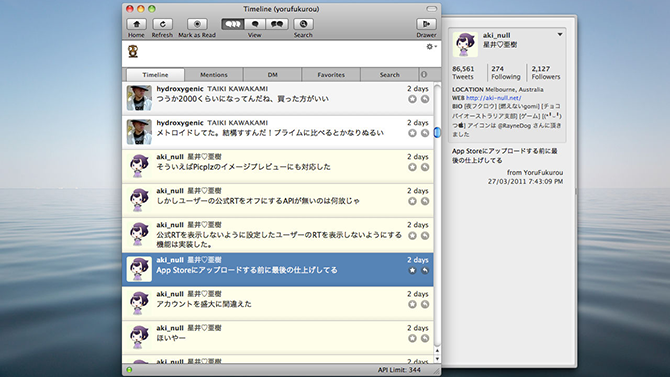

Confirm the download of the Trust profile by selecting Download when prompted.To download the Trust profile, select Download Trust Profile from the drop-down menu, located under the currently logged on user’s name ( Figure D). They are generated automatically based off the SSL certificate used when setting up the PM service. These two respective profiles are: Trust and Enrollment. Before continuing any further, profiles must be created that will allow client devices to communicate with and allow itself to be managed by the Profile Manager service.Profile Manager consists of a three-section website: Services pane, Devices pane, and Information pane ( Figure C).Click Log in after entering your administrative username and password ( Figure B). Access to the portal will rely on administrative credentials initially. Alternately, the website may be accessed directly by entering the hostname into the address bar of a browser.Clicking on the Open Profile Manager link will open the portal, which is the web-based console for managing Profile Manager.Select Profile Manager from the Server pane ( Figure A).Launch Server.app and select the server you wish to manage.Broadband internet access (Ethernet or Wi-Fi)įollow these steps to manage devices with Profile Manager in OS X Server:.Open Directory* (Active Directory may be used in lieu of OD).The following OS X Server services configured and turned on:.Apple Computer running OS X Server (1.0+).Let’s take a look at answers to these questions, plus some best practices for staging and managing devices.īelow are the requirements for managing Profile Manager in OS X Server:
/cdn.vox-cdn.com/uploads/chorus_image/image/49533709/20151230-twitter-mac-app-dark-theme.0.jpg)
So, how does one go about adding unknown devices to Profile Manager? And how can some types of devices be administered while not impacting others? Yet they must be configured, secured, and supported by IT through their lifecycle. Today, new devices may be personally owned, and some mobile devices you may never even physically touch! However, the rise of initiatives such as BYOD and the Consumerization of IT (CoIT) has changed the device management field significantly. Enterprise-level suites performed the “heavy lifting” on thousands of connected computers. As networks grew and bandwidth speeds got faster, so did the number of nodes to be managed. Managing devices has long been the core function of a systems administrator. Jesus Vigo walks through the steps of adding unknown devices to Profile Manager in Apple's OS X Server. Pro tip: Add devices to Profile Manager in OS X Server


 0 kommentar(er)
0 kommentar(er)
